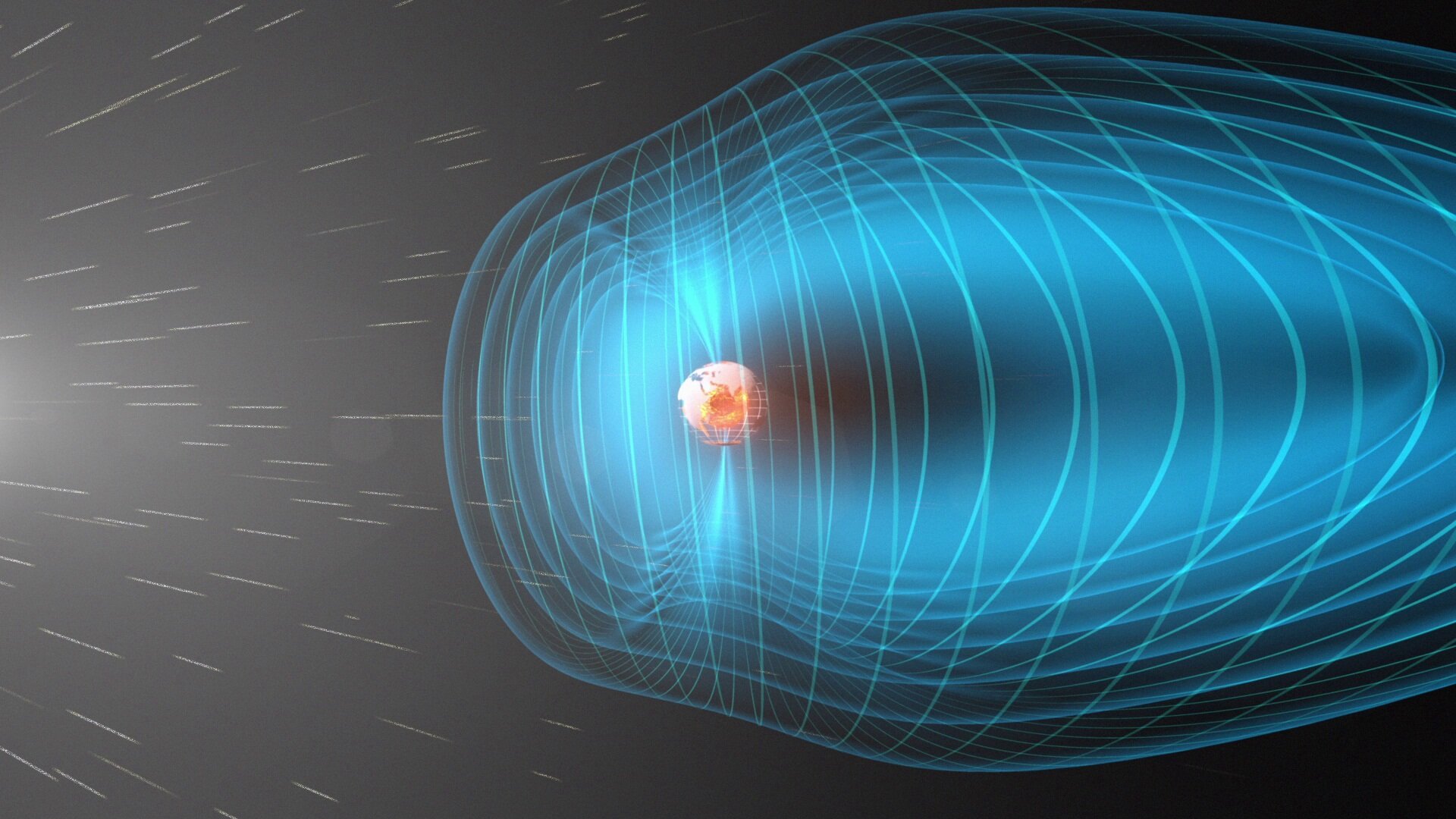Swarm trio becomes a quartet
With the aim of making the best possible use of existing satellites, ESA and Canada have made a deal that turns Swarm into a four-satellite mission to shed even more light on space weather and features such as the aurora borealis.
In orbit since 2013, ESA’s three identical Swarm satellites have been returning a wealth of information about how our magnetic field is generated and how it protects us from dangerous electrically charged atomic particles in the solar wind.
Canada’s Cassiope satellite carries three instrument packages, one of which is e-POP. It delivers information on space weather which complements that provided by Swarm. Therefore, the mission teams began looking into how they could work together to make the most of the two missions.
To make life easier, it also just so happens that Cassiope’s orbit is ideal to improve Swarm’s readings.
And now, thanks to this international cooperation and formalised through ESA’s Third Party Mission programme, e-POP has effectively become a fourth element of the Swarm mission. It joins Swarm’s Alpha, Bravo and Charlie satellites as Echo.

Josef Aschbacher, ESA’s Director of Earth Observation Programmes, noted, “This is a textbook example of how virtual constellations and collaborative initiatives can be realised, even deep into the missions’ exploitation phases.
“We embrace the opportunity to include e-POP in the Swarm mission, especially because it is clear that the more data we get, the better the picture we have of complex space weather dynamics.
“ESA is looking forward to seeing the fruits of this collaboration and the improved return on investment for both Europe and Canada.”
Andrew Yau from the University of Calgary added, “Swarm and e-POP have several unique measurement capabilities that are highly complementary.
“By integrating e-POP into the Swarm constellation, the international scientific community will be able to pursue a host of new scientific investigations into magnetosphere–ionosphere coupling, including Earth’s magnetic field and related current systems, upper-atmospheric dynamics and aurora dynamics.”

John Manuel from the Canadian Space Agency noted, “We are pleased to see e-POP join ESA’s three Swarm satellites in their quest to unravel the mysteries of Earth's magnetic field.
“Together, they will further improve our understanding of Earth's magnetic field and role it plays in shielding Canada and the world from the effects of space weather.”
Giuseppe Ottavianelli, Third-Party Mission Manager at ESA concluded, “I am pleased that the e-POP ensemble is now formally integrated into our Swarm constellation.
“This milestone achievement confirms the essential role of ESA’s Earthnet programme, enabling synergies across missions, fostering international cooperation, and supporting data access.”
While e-POP changes its name to Echo as part of the Swarm mission, it will also continue to provide information for its original science investigations.


Access the video














 Germany
Germany
 Austria
Austria
 Belgium
Belgium
 Denmark
Denmark
 Spain
Spain
 Estonia
Estonia
 Finland
Finland
 France
France
 Greece
Greece
 Hungary
Hungary
 Ireland
Ireland
 Italy
Italy
 Luxembourg
Luxembourg
 Norway
Norway
 The Netherlands
The Netherlands
 Poland
Poland
 Portugal
Portugal
 Czechia
Czechia
 Romania
Romania
 United Kingdom
United Kingdom
 Slovenia
Slovenia
 Sweden
Sweden
 Switzerland
Switzerland































